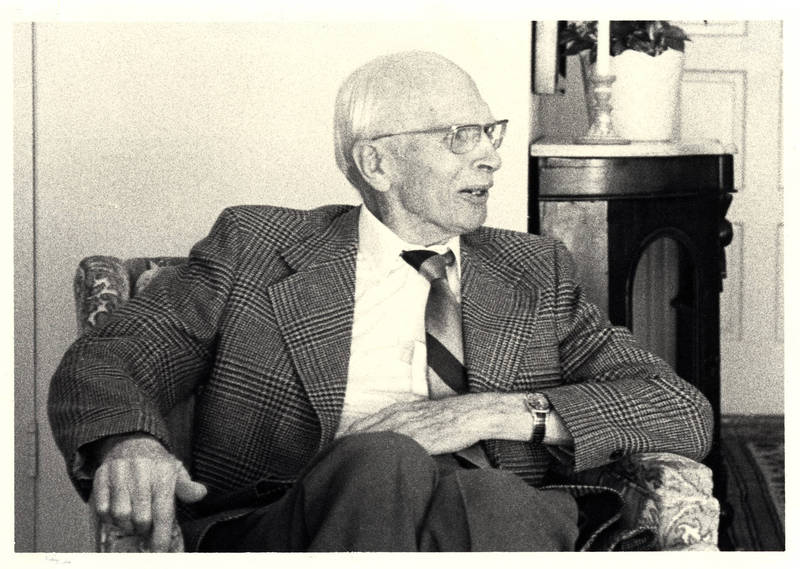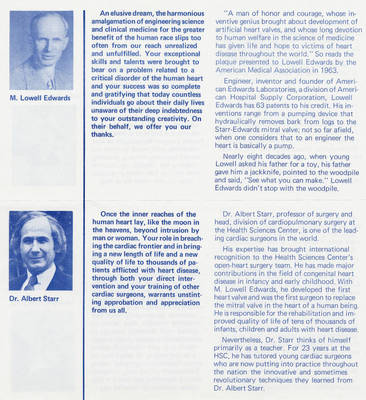A Distinguished Career

In 1963, the American Medical Association recognized Edwards with its Distinguished Service Award for being “a man of honor and courage, whose inventive genius brought about development of artificial heart valves, and whose long devotion to human welfare in the science of medicine has given life and hope to victims of heart disease throughout the world.” After he sold Edwards Laboratory, Edwards remained interested in other inventions. He and Margaret were generous philanthropists, donating to Oregon State, Oregon Health & Science University and George Fox University. He died in 1982 and is buried with Margaret in the Friends Cemetery in Newberg, Oregon.

Edwards was an engineering genius. A modest and unassuming man on the exterior, he possessed an intense curiosity and a capacity to resolutely focus on solving a problem. When he encountered technical problems he could not solve, he taught himself the new skill needed to accomplish the task. His extraordinarily effective collaboration with Starr, demonstrated that Edwards could listen closely to the surgeon’s descriptions of problems inserting the valve, and invent solutions in the form of revised design of the prosthesis. No detail was too minor for Lowell Edwards. The story of the Starr-Edwards valve is not about a major breakthrough achieved in a single-step, but rather it is about two inventors with vision and ambition, undaunted by failure. Their method was to learn from each failure, rethink the options, and try again. There is no greater accomplishment in medicine than to invent a cure for a lethal disease; Edwards and Starr invented a device that restored health to thousands of desperately ill patients, threatened by their damaged heart valves.